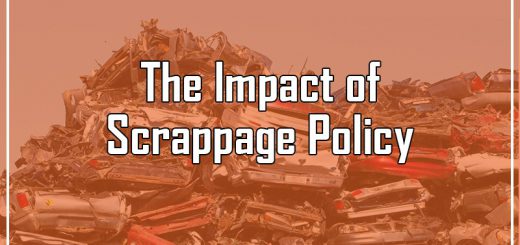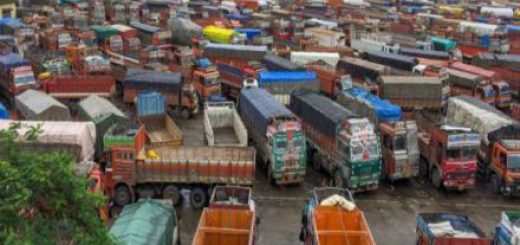E-Way Bill System to be Launched From 7 March
Besides, the prime rule of securing an e-way bill while ferrying goods worth more than Rs 50,000 within or outside a state through prior online registration of the consignment may be tweaked for the time being.
GST’s e-way bill system, which promises to enable faster movement of goods through a seamless portal-driven payment system, may see the light of the day from March 7, after technical glitches aborted its mandatory full-fledged launch on February 1.
While National Informatics Centre (NIC), the government’s nodal IT procurement arm, wants to implement a fool proof e-way bill system from April 1, the finance ministry is pushing for an earlier rollout in its effort to prevent revenue leakages, a senior government official told Moneycontrol.
“We want e-way bill to be implemented from March 7, but it depends on the preparedness of the implementing agency (NIC). NIC is more comfortable if the rollout happens in April,” the official said.
The e-way bill portal crashed on its launch day—February 1—triggering howls of criticism from traders and transporters as the movement of trucks criss-crossing on highways was severely affected.
The disruption forced the GST Council, the finance minister Arun Jaitley-headed body including officials from states and centre, to push back the compulsory generation of inter-state e-way bill.
While the system for both inter and intra-state bill generation was supposed to be ready on January 16, the Council had decided that states could choose their own timings for implementation of the document for intra-state movement of goods on any date before June 1, 2018.
On February 1, the portal collapsed as it wasn’t ready to handle the large volumes of inter as well as intra-state bills that were being generated at the time.
“The portal was capable to generating only 500 bills per minute, which was way too small a capacity as compared with the traffic on the day of launch. NIC has been asked to increase its capacity to at least a few thousands so that the system doesn’t collapse again,” the official said.
The Centre has now asked states to rollout intra-state bill in a staggered manner so that it does not put immense pressure on the portal as the government’s priority is smooth and steady implementation.
Besides, the prime rule of securing an e-way bill while ferrying goods worth more than Rs 50,000 within or outside a state through prior online registration of the consignment may be tweaked, for the time being, the official said.
To generate an e-way bill, the supplier and transporter will have to upload details on the GST Network portal, after which a unique e-way bill number (EBN) will be made available to the supplier, the recipient and the transporter on the common portal.
“The idea is to declutter the portal will less number of bills and reduce the load as much as possible,” the official added.
For instance, a single transporter may have five different consignments worth more than Rs 50,0000. Yet, that transporter had to generate five separate bills despite the value of a single consignment being less than half a lakh rupee.
The responsibility of developing an e-way bill system was given to NIC in September and it was decided by the GST Council on October 6 that the e-way bill should be made compulsory beginning April 1, 2018.
However, the Council met via video conference on December 16 and decided to make the roll out of all-India electronic-way bill compulsory from February 1–two months ahead of the earlier plan to mainly plug revenue leakages.
Source: https://goo.gl/NW8exg





Recent Comments